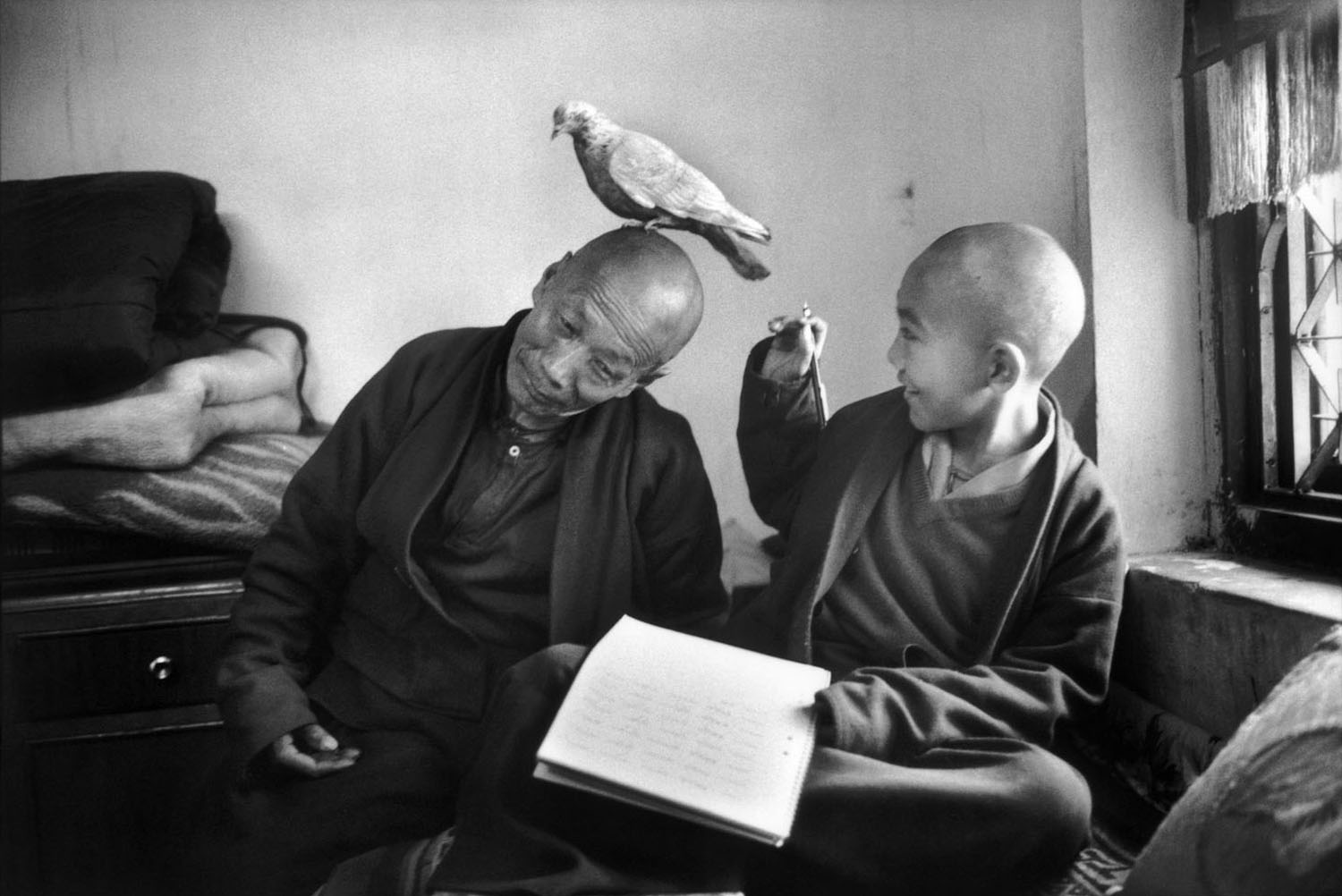
Martine Franck, an esteemed documentary and portrait photographer and second wife of Henri Cartier-Bresson, died of cancer in Paris on Aug. 16 at the age of 74. A member of Magnum Photos for more 32 years, Franck was a co-founder and president of the Henri Cartier-Bresson Foundation.
“Martine was one classic Magnum photographer we could all agree with,” said photographer Elliott Erwitt. “Talented, charming, wise, modest and generous, she set a standard of class not often found in our profession. She will be profoundly missed.”
Born in Antwerp, Belgium in 1938, Franck studied art history at the University of Madrid and at the Ecole du Louvre in Paris. In 1963, she began her photographic career at Time-Life in Paris, assisting photographers Eliot Elisofan and Gjon Mili. Although somewhat reserved with her camera at first, she quickly blossomed photographing the refined world of Parisian theater and fashion. A friend, stage director Ariane Mnouchkine, helped establish Franck as the official photographer of the Théâtre du Soleil in 1964—a position she held for the next 48 years.
As her career grew, Franck pursued a wide range of photographic stories, from documentary reportage in Nepal and Tibet to gentle and evocative portraits of Paris’s creative class. Her portfolio of the cultural elite includes photographic peers Bill Brandt and Sarah Moon as well as artist Diego Giacometti and philosopher Michel Foucault, among others. In 1983, she became a full member of Magnum Photos, one of a small number of female members at the legendary photographic agency. Balancing her time between a variety of stories, her work reflects an innate sensitivity to stories of humanity.
In a piece published in the Guardian in 2006 about her time photographing a Buddhist monastery in Nepal, Franck chose to highlight a photo (slide #2 above) of an elder monk sitting with a young apprentice.
“I was there for an hour, just sitting quietly in a corner, observing,” she explained. “The picture is somehow a symbol of peace, and of young people getting on with old people. Although I didn’t think that at the time—in the moment, it’s just instinctive. Afterwards, maybe, you realize what the photograph means.”
Her humanitarian work paired her with numerous social humanitarian organizations and was heralded for the truths it revealed. But her name was also often associated with Henri Cartier-Bresson.
In an interview on Charlie Rose, Franck recalled her first time meeting her future husband in 1965.
“His opening line was ‘Martine, I want to come and see your contact sheets,'” she recalled. They married in 1970.
Throughout her career, Franck served as a powerful advocate, both for Magnum and for the continued legacy of her husband. Serving as the president and co-founder of the Henri Cartier-Bresson Foundation, Franck ensured that the spirit of his work survived.
Franck continued to work on her own photography, participating in group projects with Magnum, including “Georgian Spring.” As recently as this April, Franck’s expansive collection of portraits were exhibited in Paris at the Galerie Claude Bernard.
Magnum photographer and President Alex Majoli described Franck as a dear friend and a steady foundation within the photo agency. “Magnum has lost a point of reference, a lighthouse, and one our most influential and beloved members with her death,” he said in a statement released by Magnum over the weekend.
She is survived by her daughter, Melanie.
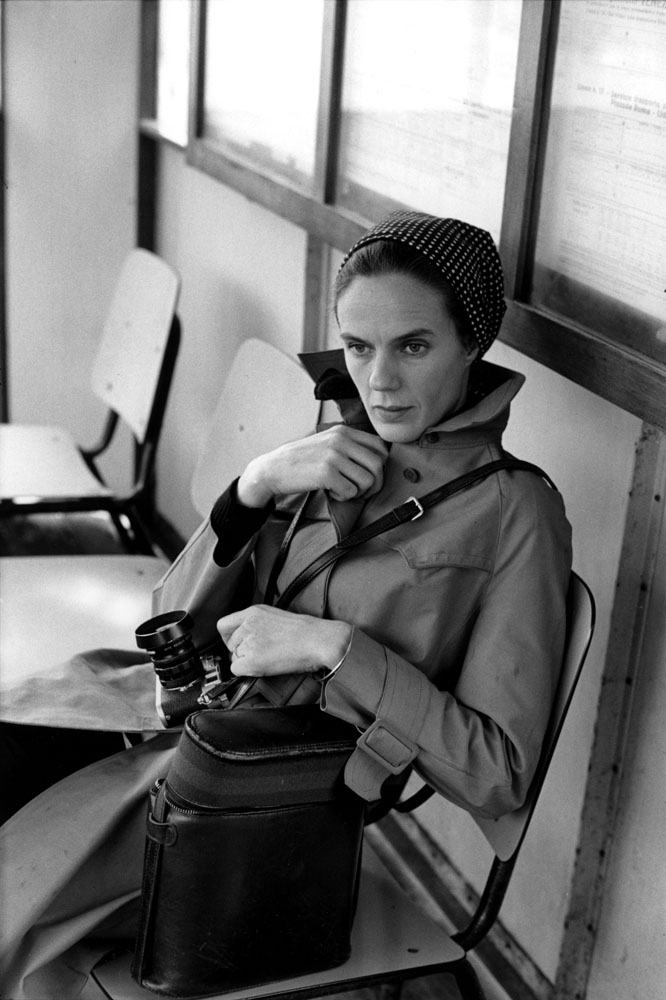
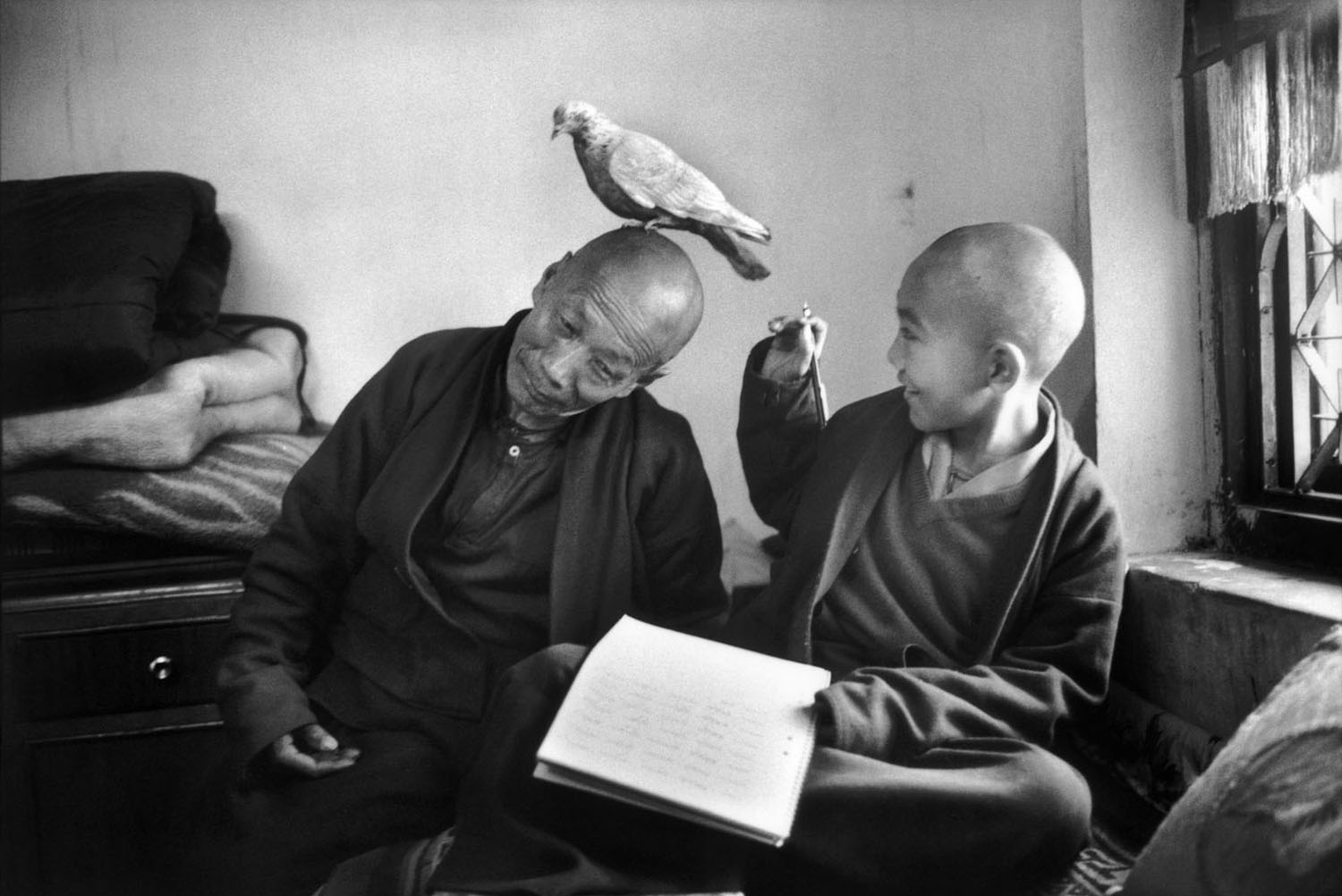

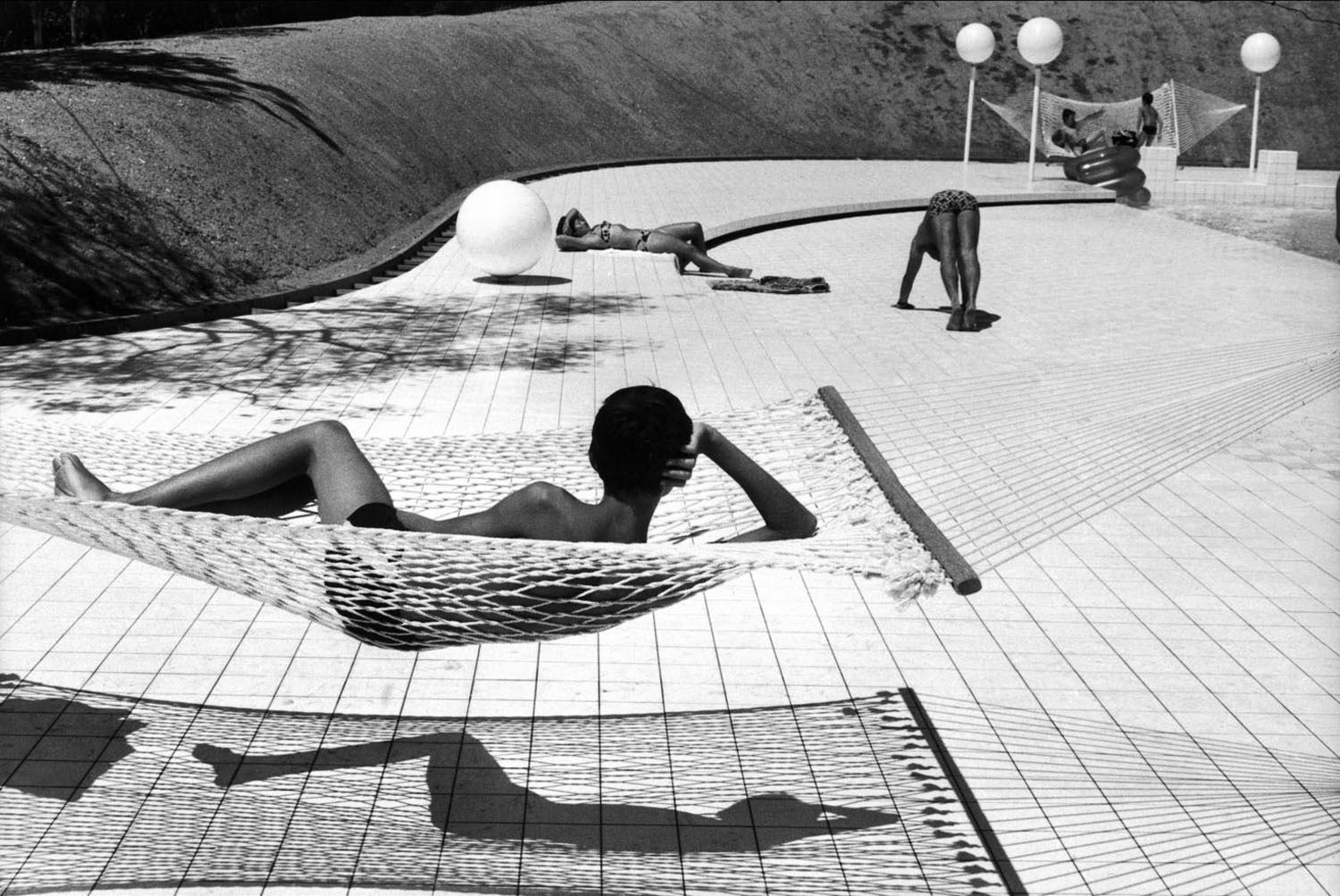



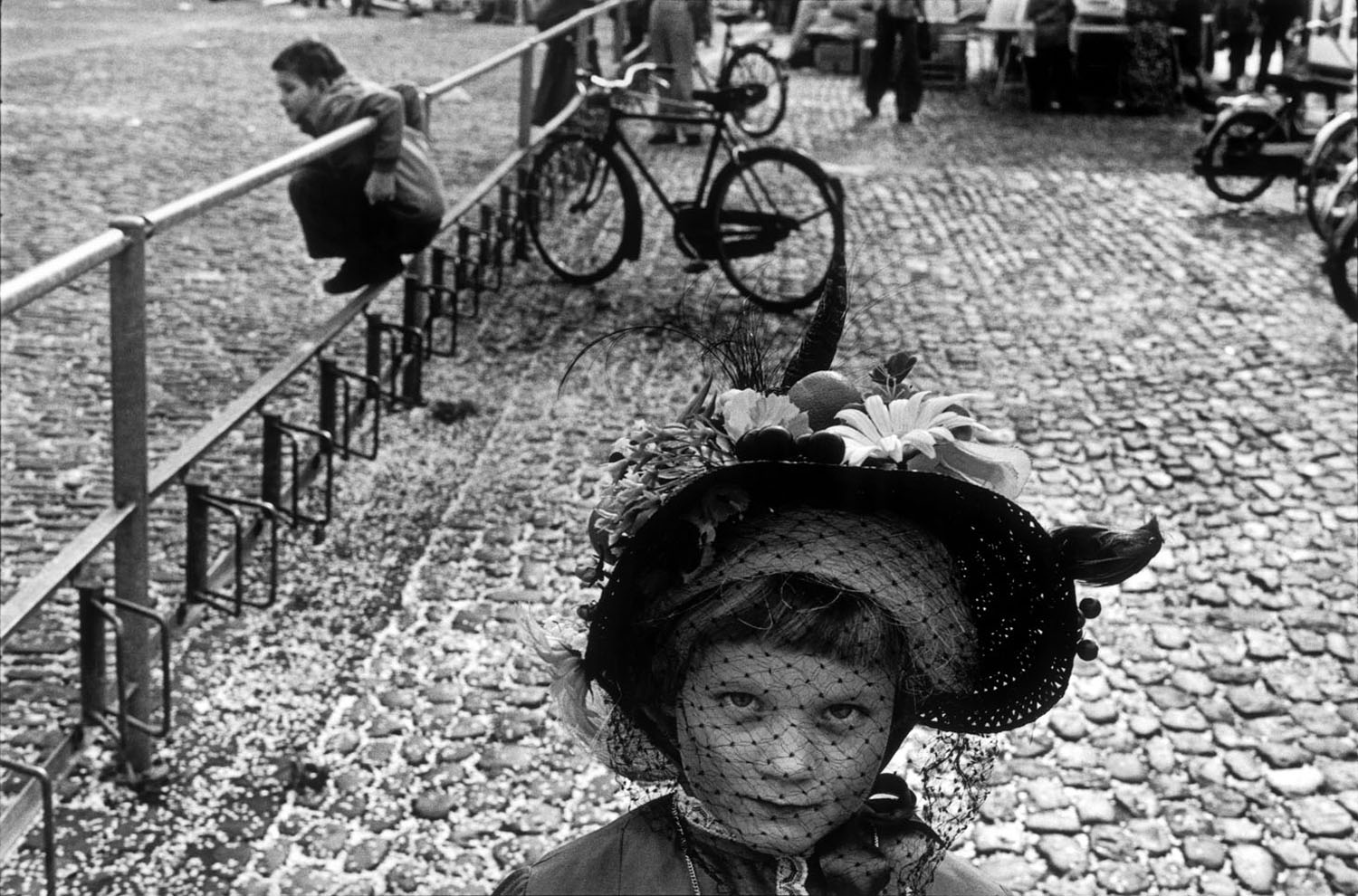
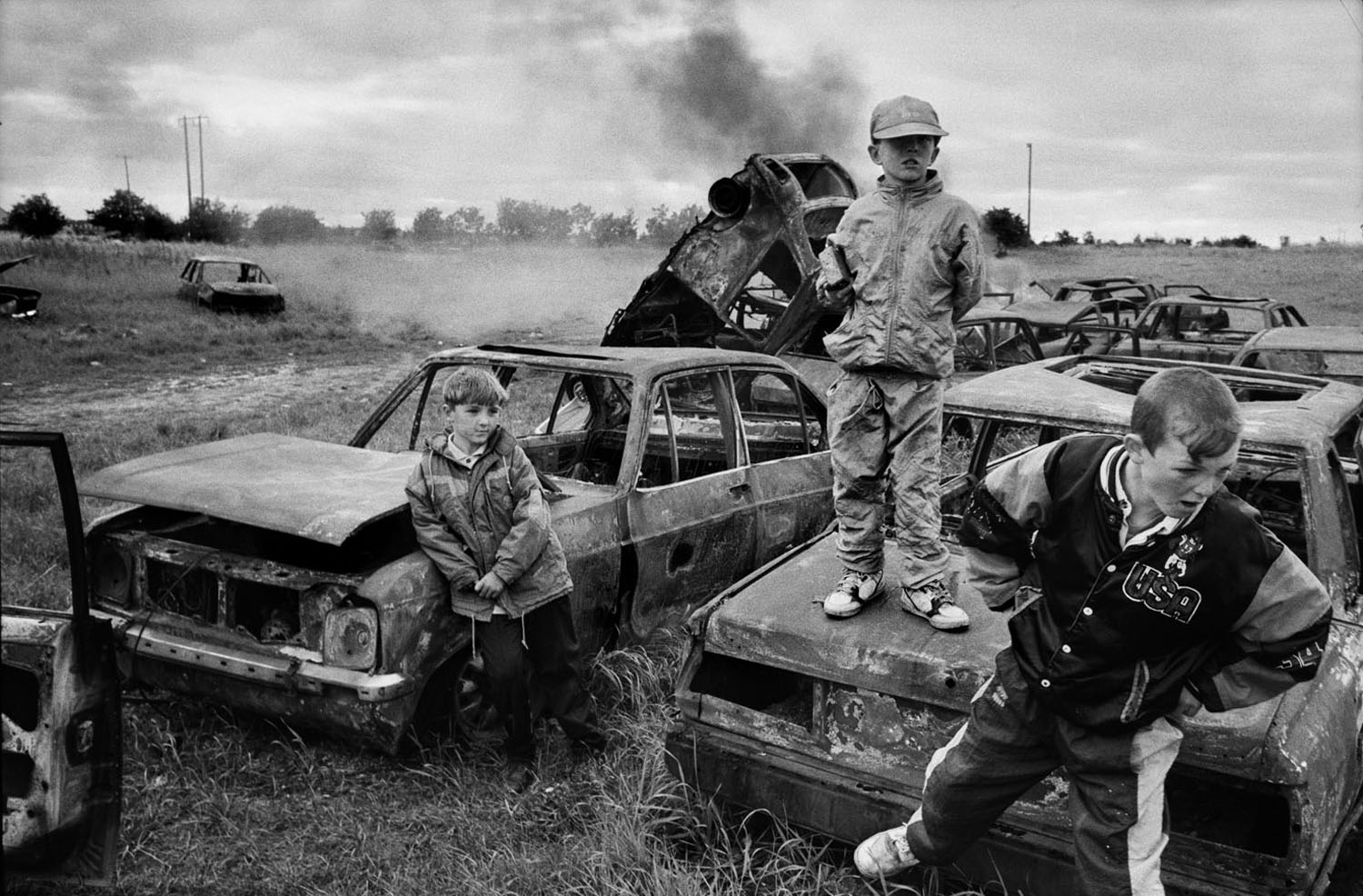
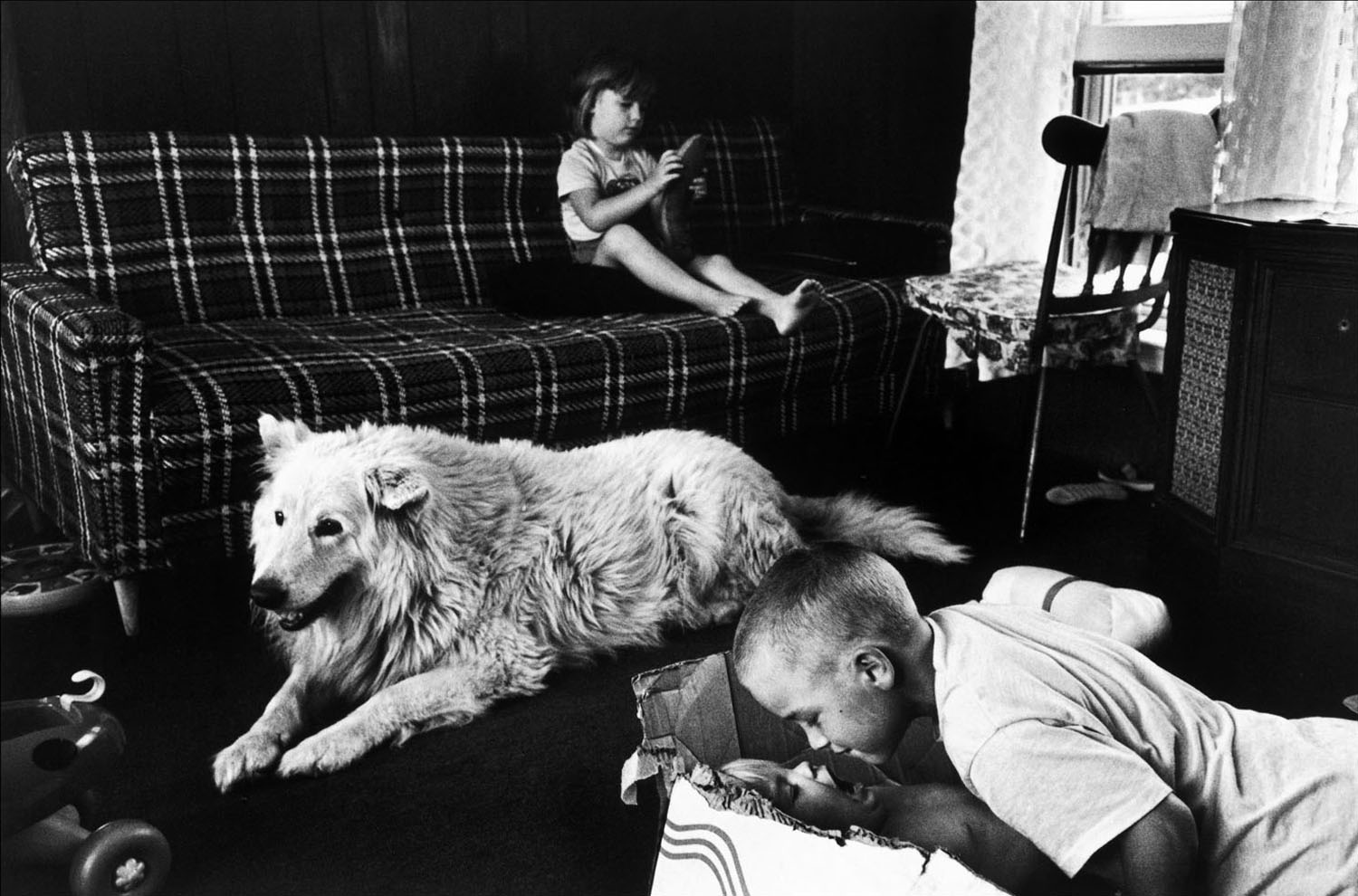
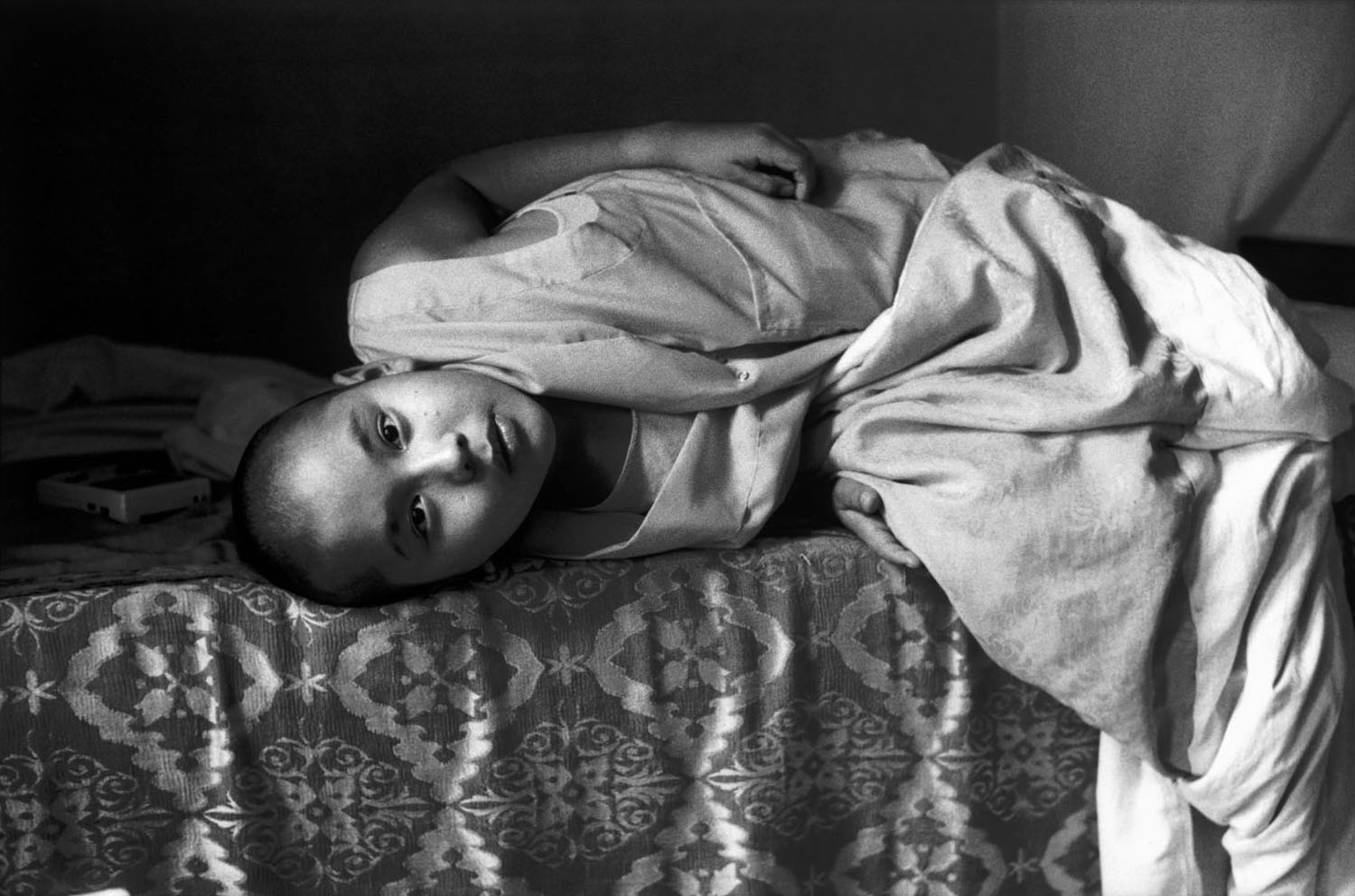



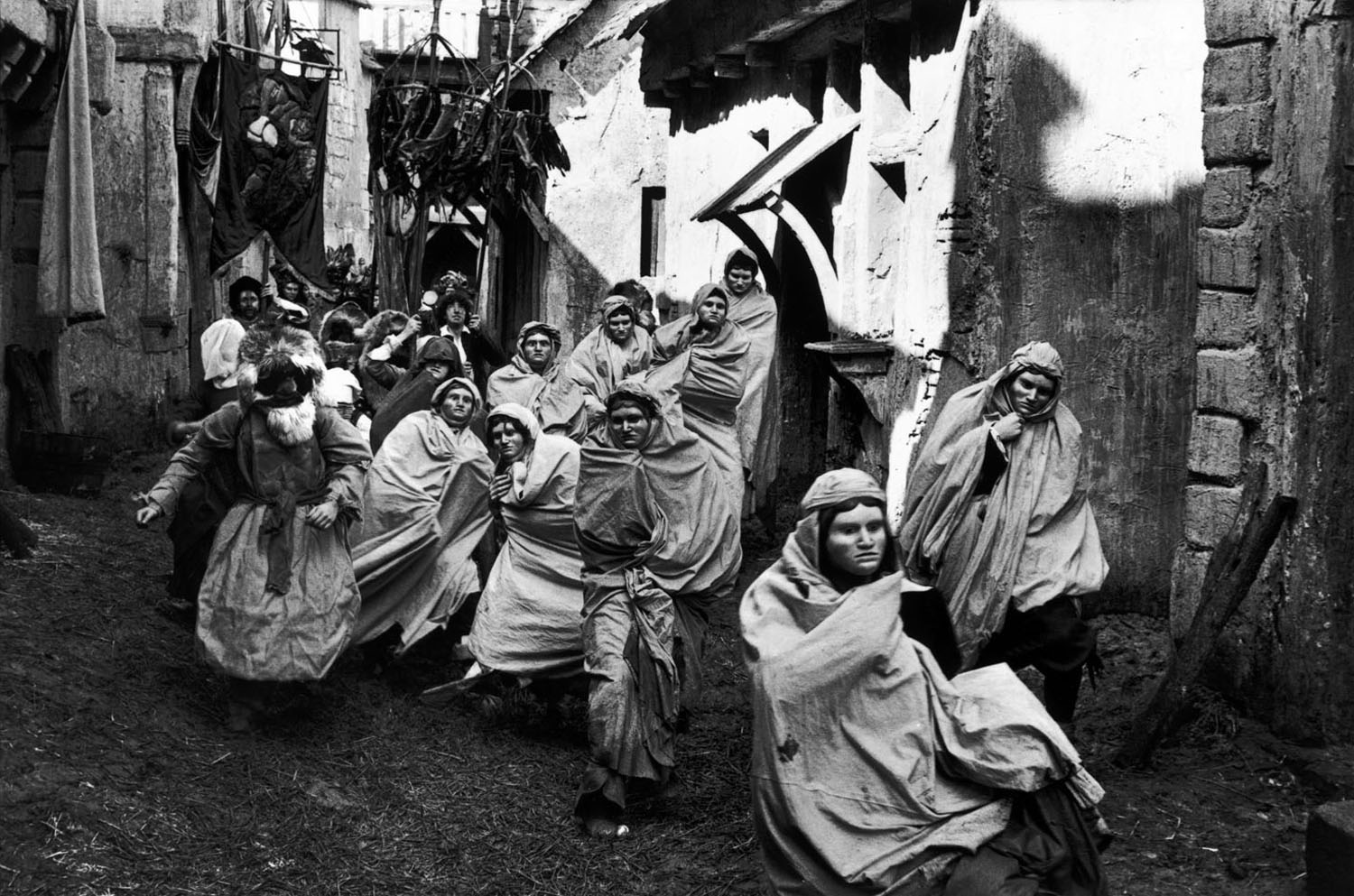
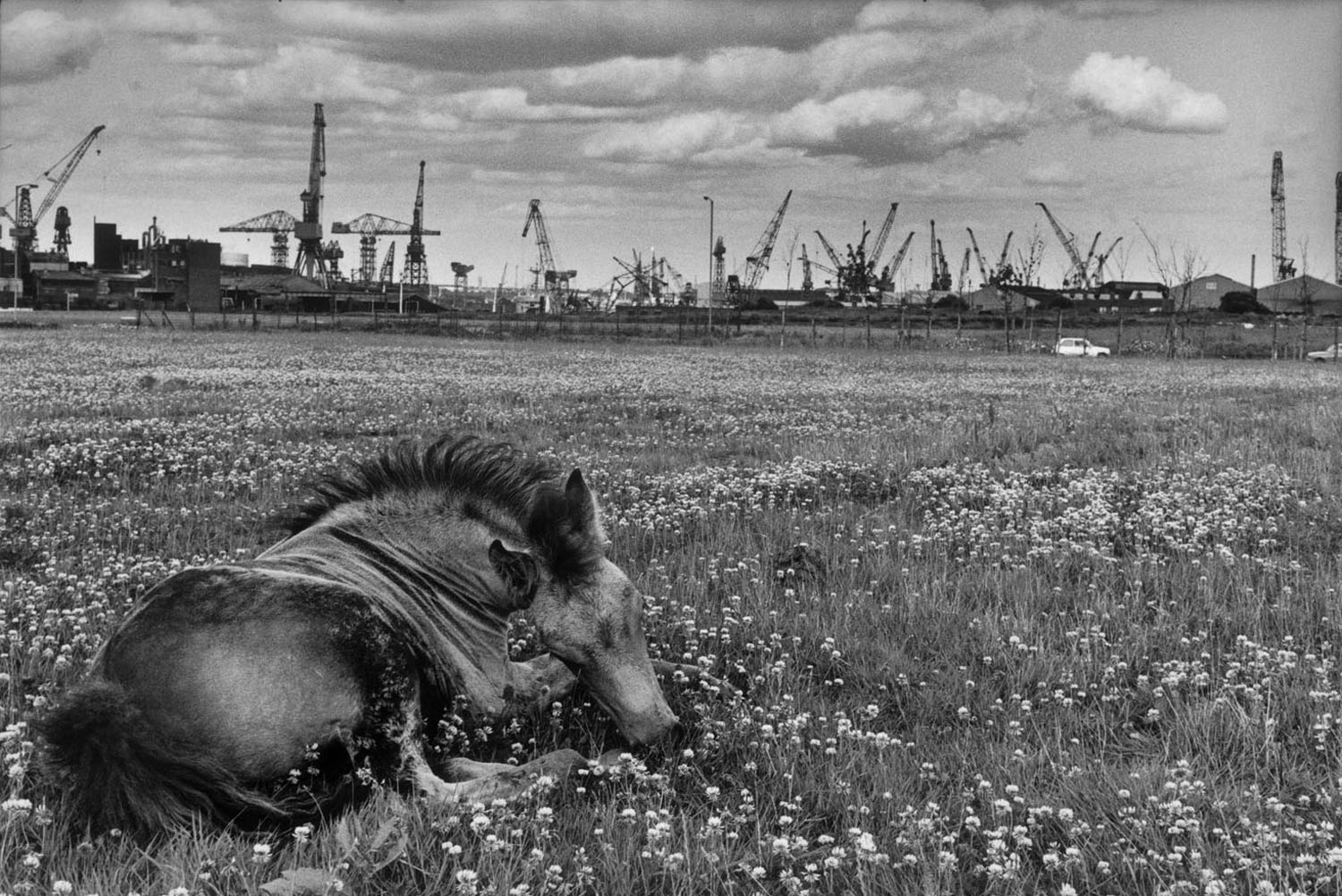
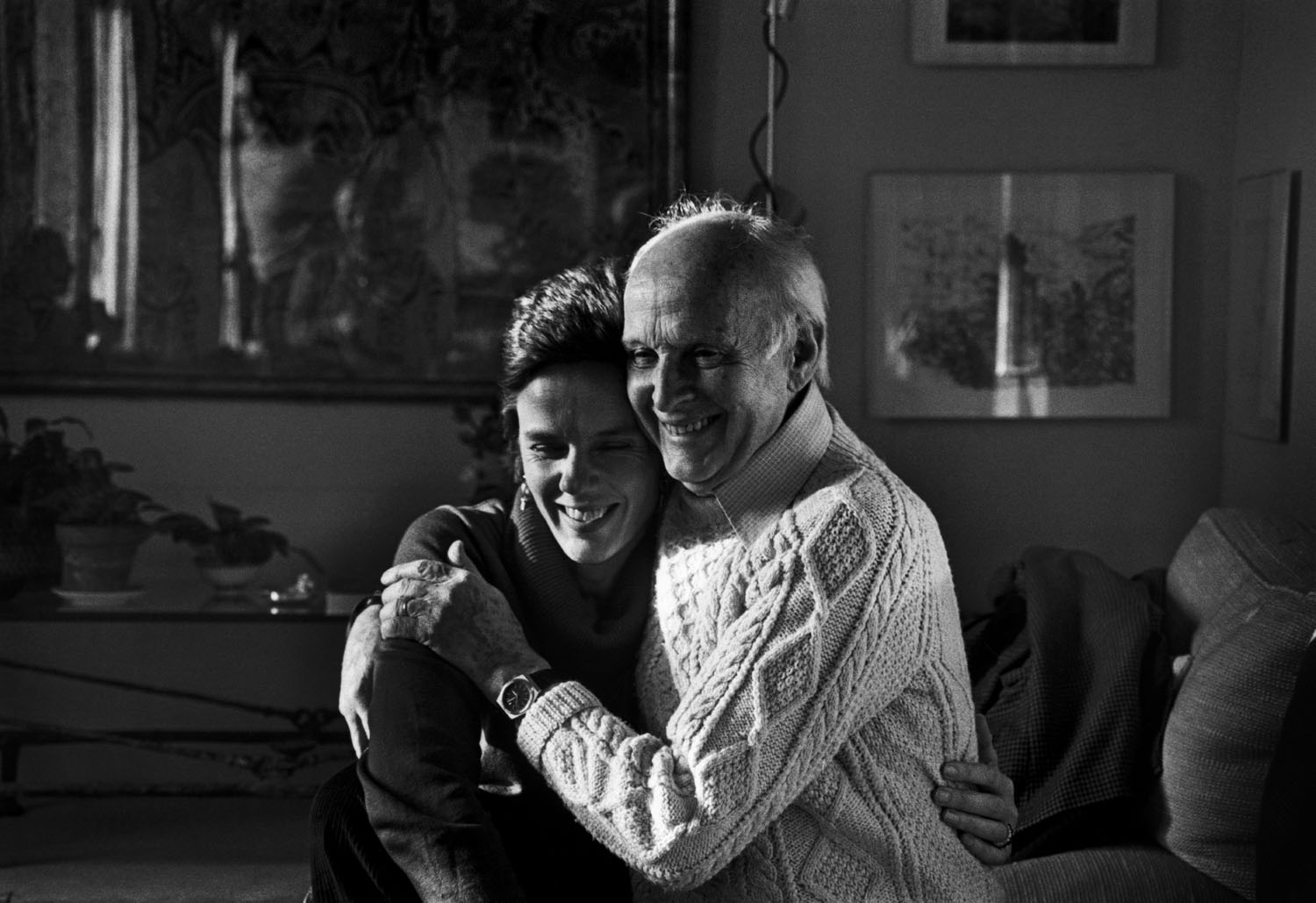
More Must-Reads from TIME
- Cybersecurity Experts Are Sounding the Alarm on DOGE
- Meet the 2025 Women of the Year
- The Harsh Truth About Disability Inclusion
- Why Do More Young Adults Have Cancer?
- Colman Domingo Leads With Radical Love
- How to Get Better at Doing Things Alone
- Michelle Zauner Stares Down the Darkness
Contact us at letters@time.com